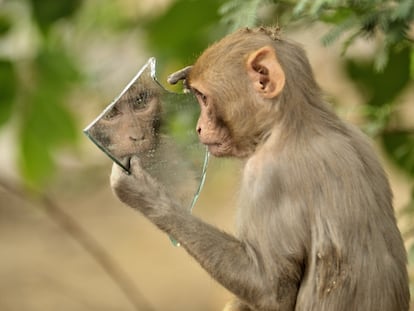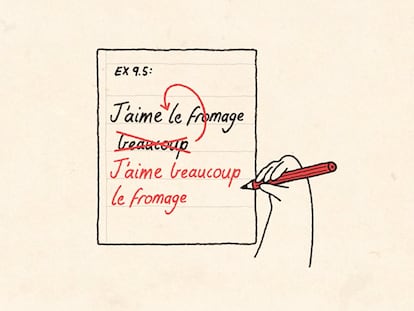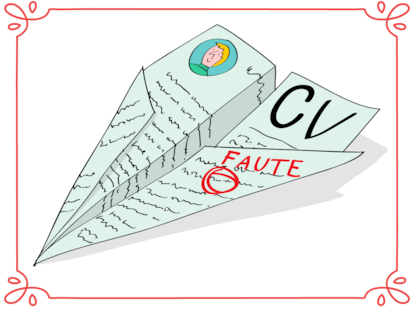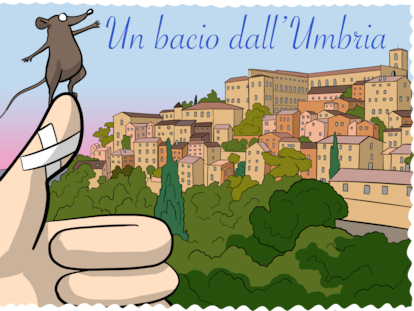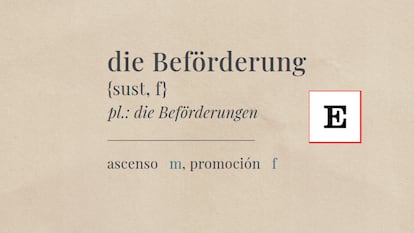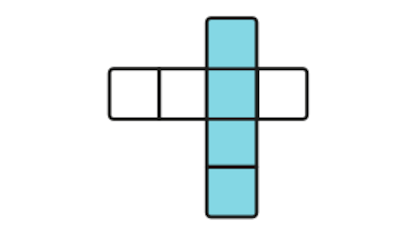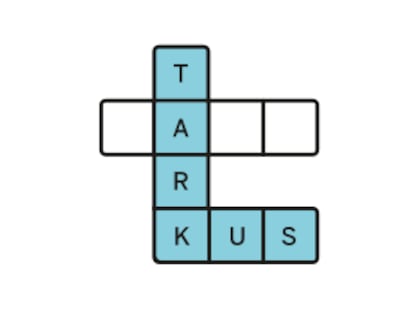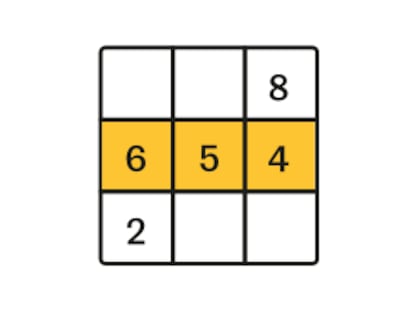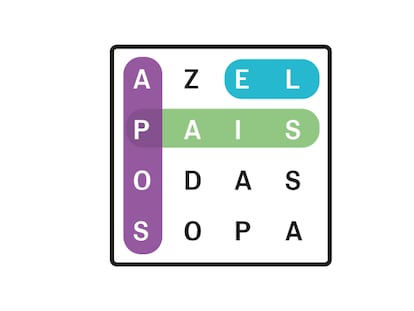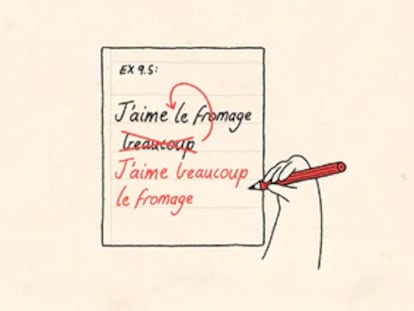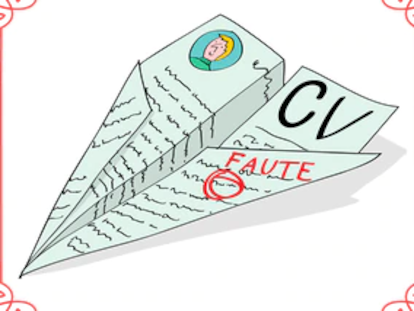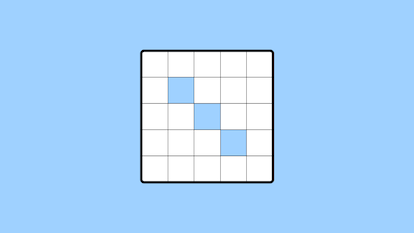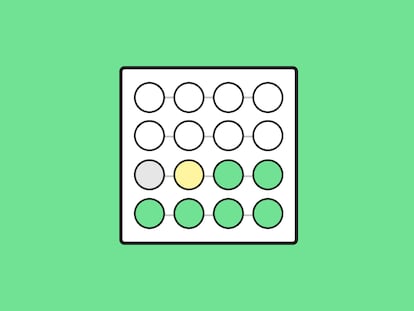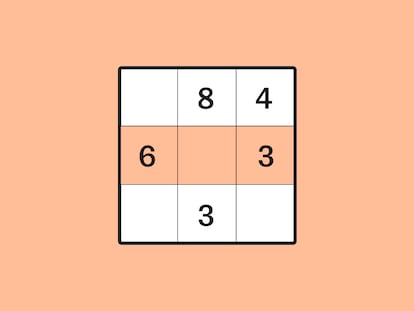A major evolutionary enigma solved: How simple cells gave rise to complex ones
The research indicates that the limitations on the size of proteins has been a crucial trigger in the development of life
All branches of science have fundamental questions that researchers are keen to answer. In biology, one of them concerns how simple cells (prokaryotes), such as bacteria, gave rise to complex cells (eukaryotes), necessary for the development of multicellular organisms, two billion years ago.
The collaboration of Spanish researchers in biology, physics and computation at different universities has led to an answer and a mathematical formula that proves it, as published in the journal PNAS: the limitation on the size of proteins led to a change of strategy that turned to genetics for a unique, abrupt and crucial modification in life.
Jordi Bascompte, a professor of Ecology at the University of Zurich, Margalef Prize winner and co-author of the study, recalls how the British biochemist Nick Lane, a researcher at University College London, said in his book The Vital Question: “There are no known evolutionary intermediaries between the morphologically simple state of prokaryotes and the disturbingly complex common ancestor of eukaryotes. All of these attributes of complex life lie in a phylogenetic void, a black hole at the heart of biology.” The newly published research sheds light on this shadowy void that is fundamental to understanding how we came into being.
Up to two billion years ago, cells could become more complex by elongating proteins to complete more sophisticated genetic regulatory processes, but this strategy was limited: evolution had to find another way. Abruptly, without intermediate steps, such as the physical process of magnetism in metals or the transformation of water to ice, that simple cell began to use parts of DNA that do not code for proteins, such as introns (misnamed junk DNA), to regulate genetic information.
The endosymbiotic theory proposed by Lynn Margulis states that two single cells came together — often illustrated as one eating the other — in a symbiotic relationship that allowed for the development of mitochondria, the powerhouse of life, and other organelles.
“That explains the principle,” Bascompte says. Developed together with Enrique M. Muro, a researcher in physics and computational biology at the Johannes Gutenberg University in Mainz, Fernando J. Ballesteros, an astrobiologist and PhD in Physics from the University of Valencia, and Bartolo Luqu, PhD in Physics from the Polytechnic University of Catalonia, Bascompte’s research is complementary to that theory. “The symbiotic origin is established, the evidence is very strong and we have to assume that it was so, but we still had to explain how it was possible to get from there to a new system of genetic regulation that allowed this new level of cellular organization to be maintained, and our work sheds light on this,” he says.
“Building on these symbiotic origins, the new cell has to organize the complexity. To do so, it relies on a series of changes that allow it a new form of genetic regulation. Lengthening proteins had been the only way since the origin of life for a greater sophistication of the process of genetic regulation, but there comes a time when it is no longer feasible. With short proteins, the time required or the constraints on bending them are relatively fewer. But as the length of the protein grows, the constraints become greater as the possibilities multiply,” Bascompte explains. Evolution is running up against a computational limit.
Bascompte illustrates this with the classic computer problem of logistic routes: the most efficient path between two or three destinations is simple, but as the delivery network grows, the difficulty and thus the computational time to find a solution rapidly increases.
That alternative biological strategy, which the research translates into a mathematical algorithm that predicts the evolutionary solution, was genetic regulation, continuing to generate DNA that no longer codes for elongating proteins. “What they allow for is the making of permutations, increasing the number of solutions and therefore making it easier to find one of these solutions to be able to develop higher levels of complexity,” Bascompte explains.
To illustrate their theory, the team developed a multiplicative gene growth model that explains these biological patterns and makes a series of predictions about the distribution of gene and protein lengths. “They are all satisfied by the data,” he says. “The model is a way to flag up the limits of the previous strategy based exclusively on proteins and how evolution was able to circumvent this limit by maintaining a conserved genetic growth mechanism throughout evolution.”
Their work not only solves one of the great enigmas in the realms of biology, but also cements a collaboration that began 30 years ago between scientists from different disciplines who shared an office and a blackboard and a longing for answers. “That interdisciplinarity and that search for bridges between fields was conceived at that moment. It was a very gratifying moment,” Bascompte recalls.
Bascompte admits that the research faced limitations, such as the impossibility of getting their hands on organisms from two billion years ago and having to infer the evolutionary leap using current bacteria and fungi.

But, despite this limitation, they believe they have found not only the answer to what happened two billion years ago, but also how it happened. Bascompte recalls how his “great teacher [Ramón] Margalef said that in biology there are few fundamental laws and in any case all of them are of the forbidden-to-pass type.” That type of restriction was what life encountered when faced with the impossibility of continuing to lengthen proteins and the solution was radical.
“Any alternative form would have been an unstable solution that would not have been able to survive the perturbations,” he explains. “Being able to reconcile the contingency of evolution and the universality of physics allows you to really understand the beauty of life.”
Biotechnologist César de la Fuente, from the University of Pennsylvania, considers the work published in the scientific journal PNAS “fascinating” for “tackling one of the great mysteries of biology in an innovative way.”
“The authors have analyzed more than 33,000 different genomes and have discovered that there is a universal and mathematically clear relationship between the average length of genes and their variability, which holds from the simplest bacteria to organisms as complex as vertebrates,” says De la Fuente, who was not involved in the study.
“What is striking is how the study connects this biological observation with a conceptual framework from computer science and mathematics. They propose that the emergence of eukaryotic cells could have been a kind of algorithmic ‘phase transition,’ comparable to when water goes from liquid to solid.”
“Personally, I find this analogy between biological evolution and computational algorithms very interesting,” he adds. “This approach allows us to make concrete predictions, for example, to estimate that the first eukaryotic cells emerged about 2.6 billion years ago, or that there is a critical length of genes (about 1,500 base pairs) at which this evolutionary leap occurred. I believe this work gives us a unique perspective on how certain physical and computational constraints have profoundly influenced our evolutionary history. It helps explain how life reached the complexity necessary to allow for the existence of multicellular organisms, including plants, animals and, of course, ourselves.”
Sign up for our weekly newsletter to get more English-language news coverage from EL PAÍS USA Edition
Tu suscripción se está usando en otro dispositivo
¿Quieres añadir otro usuario a tu suscripción?
Si continúas leyendo en este dispositivo, no se podrá leer en el otro.
FlechaTu suscripción se está usando en otro dispositivo y solo puedes acceder a EL PAÍS desde un dispositivo a la vez.
Si quieres compartir tu cuenta, cambia tu suscripción a la modalidad Premium, así podrás añadir otro usuario. Cada uno accederá con su propia cuenta de email, lo que os permitirá personalizar vuestra experiencia en EL PAÍS.
¿Tienes una suscripción de empresa? Accede aquí para contratar más cuentas.
En el caso de no saber quién está usando tu cuenta, te recomendamos cambiar tu contraseña aquí.
Si decides continuar compartiendo tu cuenta, este mensaje se mostrará en tu dispositivo y en el de la otra persona que está usando tu cuenta de forma indefinida, afectando a tu experiencia de lectura. Puedes consultar aquí los términos y condiciones de la suscripción digital.
More information
Archived In
Últimas noticias
NASA discovers Titan doesn’t have an ocean, but a ‘slushy ice layer’ that increases possibility of life
Innocence lost in the forest of the child soldiers: ‘Each leader of the armed group had his girls’
‘Fallout’ or how the world’s largest company turned an anti-capitalist apocalyptic Western into a phenomenon
From inflation to defending migrants: Eileen Higgins and Zohran Mamdani inaugurate the new Democratic resistance against Trump
Most viewed
- ‘El Limones’ and the growing union disguise of Mexican organized crime
- Christian Louboutin: ‘Young people don’t want to be like their parents. And if their parents wear sneakers, they’re going to look for something else’
- The low-cost creative revolution: How technology is making art accessible to everyone
- ‘We are dying’: Cuba sinks into a health crisis amid medicine shortages and misdiagnosis
- A mountaineer, accused of manslaughter for the death of his partner during a climb: He silenced his phone and refused a helicopter rescue


